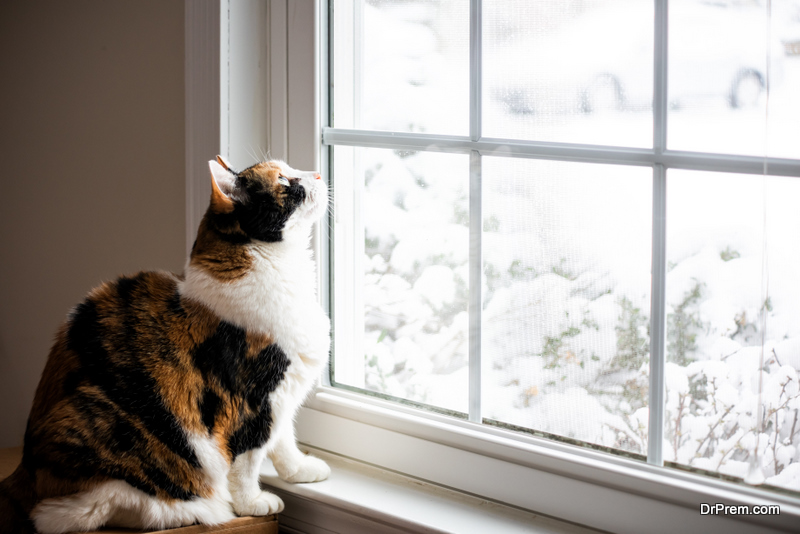While renting a pet-friendly apartment, you should consider a few things to make sure your pet gets what it needs. While the gym isn’t the most appropriate place to take your pooch, you should look for an apartment complex that allows dogs in the amenity spaces. Your dog won’t be allowed to use the gym if it doesn’t have a dedicated dog run, but it will be happy to explore the courtyard on a nice day.
Ensure your pet gets what they need
It can be difficult to find pet friendly apartments for rent in Austin, but there are ways to ensure that your furry friend gets all the love and attention it deserves. For instance, some apartments have breed restrictions for dogs and cats. While some dogs may be better suited to apartment life, others are not. Here are some tips for choosing a pet-friendly apartment. First, make sure your pet is a good match for the apartment.
Always ask landlords to perform a thorough screening of prospective tenants, particularly those who plan to bring their pets. Before renting to a new tenant, always ask about the applicant’s credit history, criminal background, and eviction history. You can also ask for references. You can contact these people to determine whether the applicant has a clean record and is willing to accept a pet. Also, make sure to arrange a meet and greet with the landlord and your pet.
Lastly, always make sure that you bring the proper vaccination records for your animal. Most landlords will require proof of vaccinations. You should also ensure that your pet wears a collar and name tag and that it has a microchip. A tracking microchip can be implanted in your pet’s leg or shoulder. It can make it much easier to find your pet in the case of an accident.
Considerations when renting a pet-friendly apartment

If you’re considering renting a pet-friendly apartment, you’ve probably heard that the rent is more expensive. While this isn’t always the case, especially in apartments for rent in Jersey City, NJ, it is always best to shop around. After defining your preferences, simply add pet care and grooming to the “Needs” dropdown menu.
While pets are becoming increasingly popular, they can be pricey. In some cases, the price tag is higher than a regular apartment. As a result, landlords may overlook an opportunity to increase their profit margins by adding pet-friendly rental options. The price tag is worth it, however, because pet-friendly apartments are more likely to have higher rents and higher occupancy rates. As the number of pet owners continues to rise, the demand for pet-friendly apartments is expected to continue to grow.
Although many landlords allow small pets, the majority do not allow large animals. Only 55% of landlords allow large pets. In addition to pet-friendly policies, landlords can also be more flexible with your pet’s needs. While it can be difficult to find an apartment that allows your pet, many landlords will be more than happy to accommodate your needs. The best way to find a pet-friendly apartment is to use a search engine.
Considerations to make when persuading a landlord to allow pets in a pet-friendly apartment
A landlord’s no-pet policy may have been stated during lease signing, and tenants may not even realize they’ve moved into a pet-friendly apartment until they ask. Many landlords are reluctant to change their policy, and it’s best to keep these issues in mind before negotiating with the landlord. For example, irresponsible dog owners can cause damage to floors, annoy neighbors, and leave messes everywhere. In short, landlords are generally not willing to take the risk of inviting a pet into their rental property, unless they’re 100% certain that their tenant can care for the pet.
Even if the landlord allows pets, you still have to ask them. Some landlords limit the weight of dogs, and some don’t. Others only allow tenants’ pets, and won’t let guests bring their pets. Some landlords require an application process for pets, which can be time-consuming and costly. Nevertheless, if you’re an outstanding tenant, it’s more likely that they’ll be willing to let you live with a pet.
If your landlord is still hesitant to accept a pet, you can make a good impression by offering to pay a pet deposit. Pet deposits can help offset the cost of food and supplies and may be refundable if you move. You can also make an offer to pay the renter’s insurance, which covers any damages caused by the dog. Ultimately, landlords want to get long-term tenants, so it’s important to make your best impression possible.
Article Submitted By Community Writer




